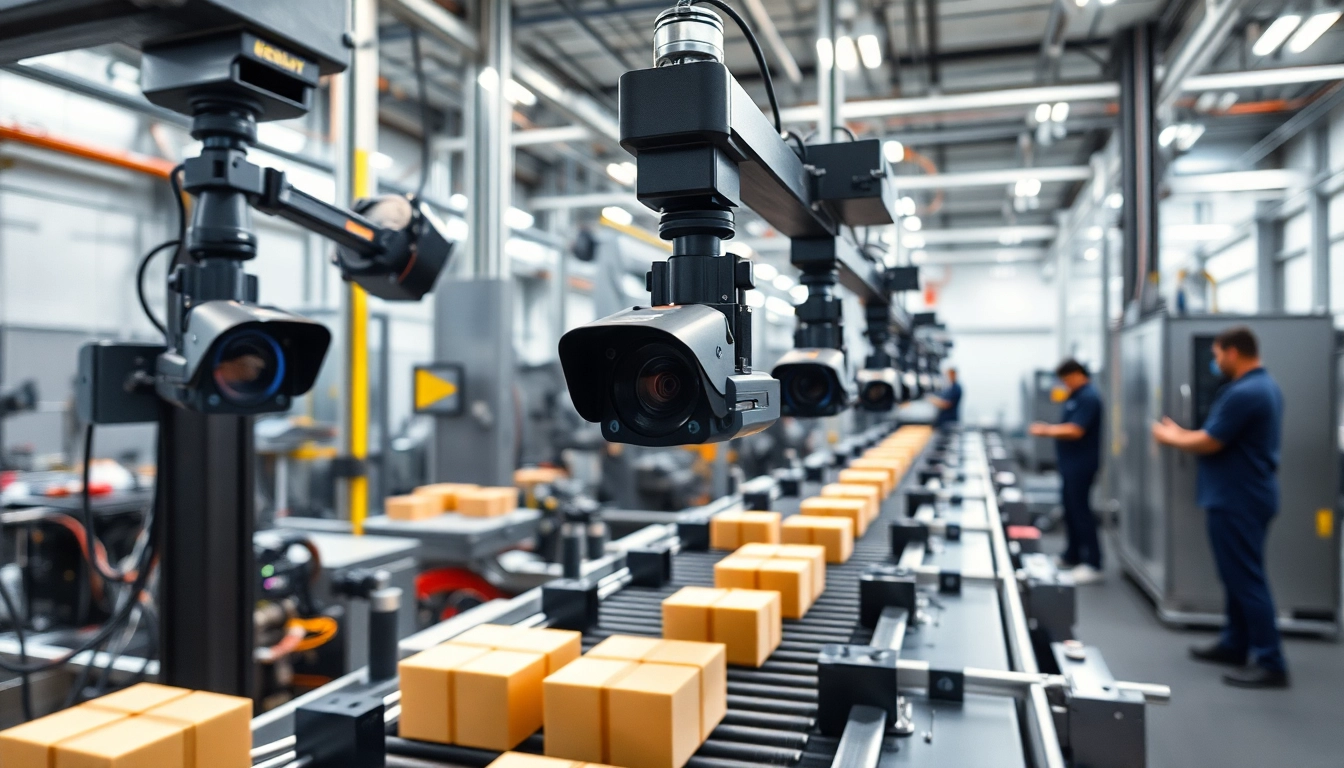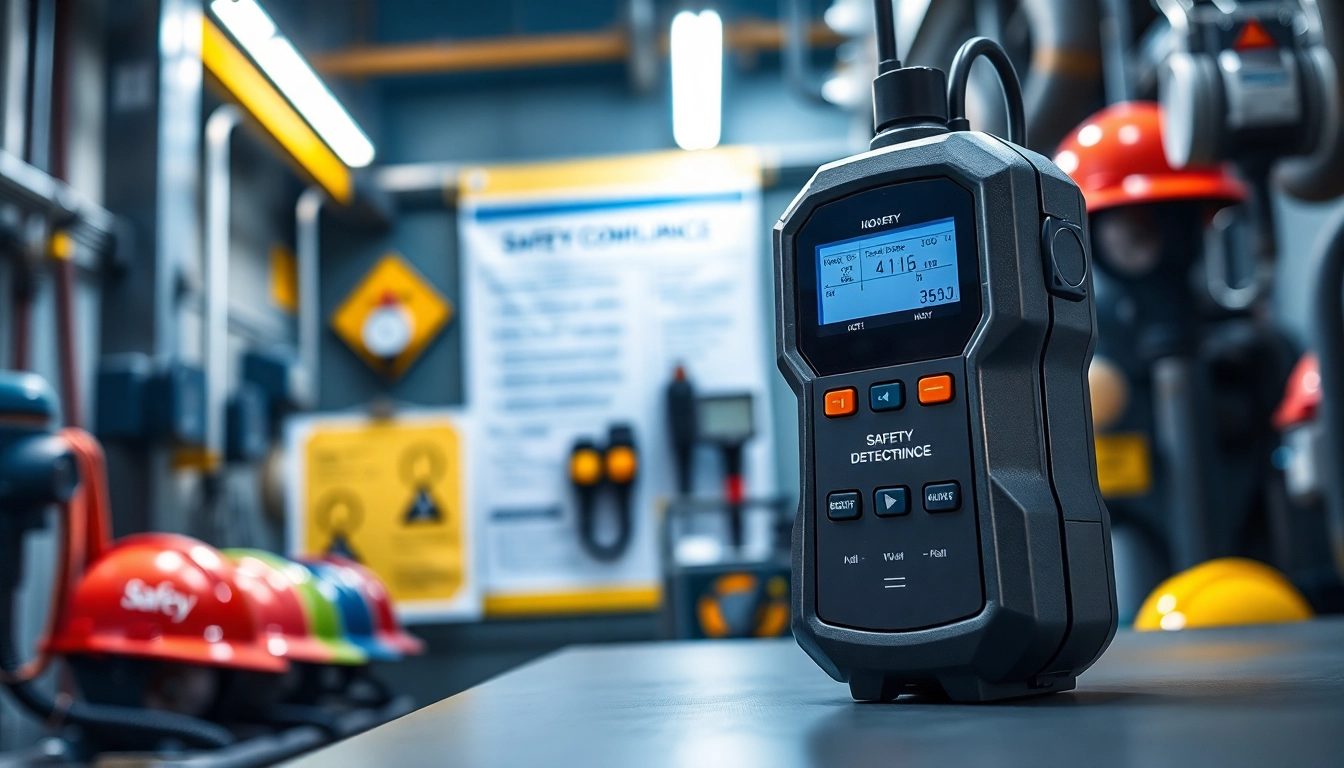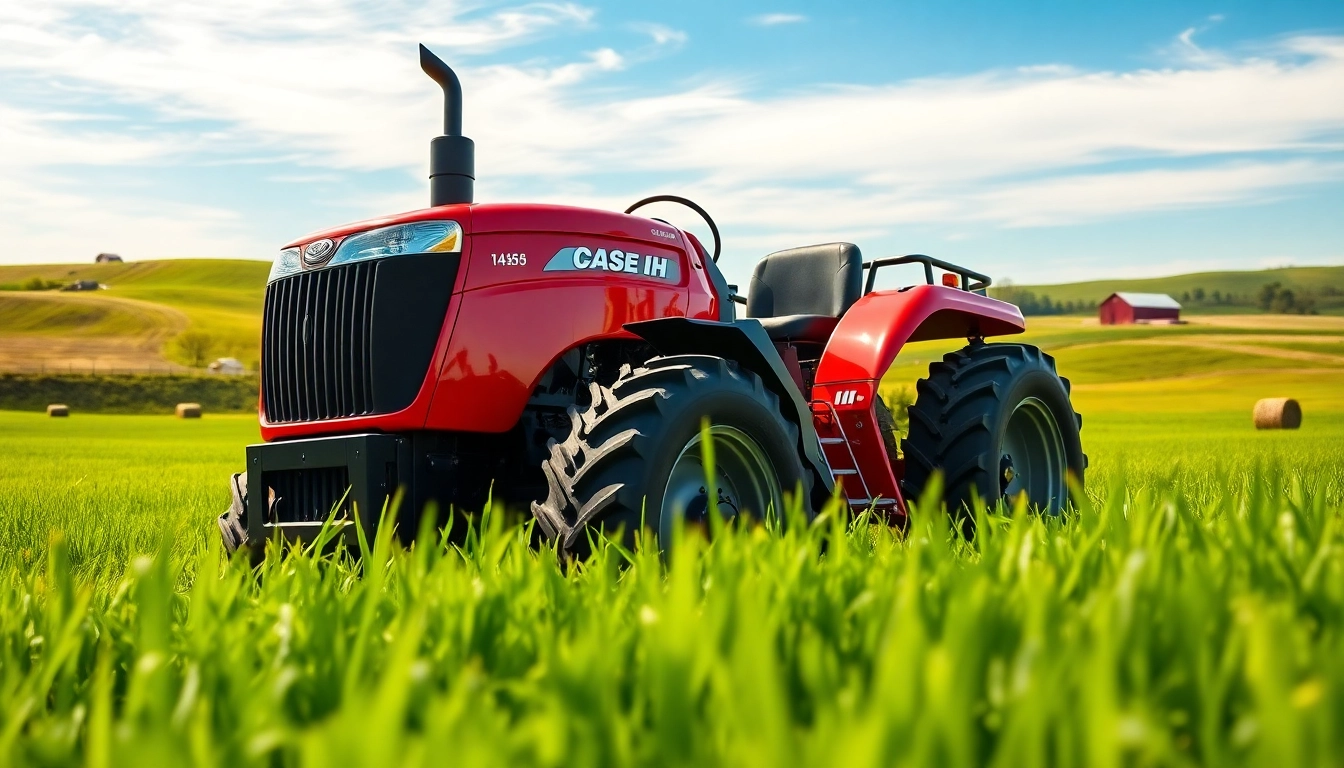What is Machine Vision?
Machine vision is a technology that enables machines to interpret visual information from the environment. Utilizing advanced imaging and processing techniques, machine vision allows for automatic inspection, analysis, and control in various applications—ranging from quality assurance in manufacturing to navigation in autonomous vehicles. By employing techniques that mimic human visual perception, it stands at the intersection of optics, computer science, and automation.
Definition and Components of Machine Vision
At a fundamental level, machine vision can be defined as the ability of a computer to process and interpret images. This process involves several key components:
- Cameras and Sensors: These are the devices that capture visual information. Depending on the application, different types of cameras (2D, 3D, or specialized imaging systems) are used.
- Lighting: Proper lighting is crucial for clear image capture. Various lighting techniques, such as backlighting and bright field or dark field illumination, help highlight features of interest.
- Processing Software: This software analyzes the captured images to extract relevant data. It employs algorithms for tasks such as object detection, feature extraction, and image segmentation.
- Output Systems: These components enable interaction with other systems, such as robotic actuators, to act upon the decisions made based on visual analysis.
How Machine Vision Works: A Detailed Explanation
The workings of a machine vision system can be detailed in several steps:
- Image Acquisition: This is the first step where cameras capture images of objects or scenes. The choice of camera and lens system is determined by the requirements of the application, including resolution and field of view.
- Image Pre-processing: Raw images often contain noise or variations that can impede analysis; thus, preprocessing techniques such as filtering, contrast enhancement, and color balancing are applied to improve image quality.
- Feature Extraction: Advanced algorithms are employed to identify distinctive features in the processed images. This could include edges, textures, and contours, which are essential for classification and analysis.
- Decision Making: The system evaluates the features against pre-defined criteria to make decisions—such as identifying defects, measuring dimensions, or verifying assembly.
- Feedback and Action: Based on the decision made, the machine can trigger actions or alerts, such as adjusting a robotic arm for precision placement in a manufacturing line.
Machine Vision vs. Computer Vision: Key Differences
While machine vision and computer vision share overlapping principles, they cater to different domains:
- Machine Vision: Primarily used for industrial processes. It focuses on reliable, real-time analysis for specific tasks such as quality control, where results need immediate action.
- Computer Vision: Encompasses a broader scope of interpretation that includes understanding images in a more human-like way, involving applications such as facial recognition or scene understanding.
Applications of Machine Vision
Quality Control and Defect Detection
In manufacturing environments, machine vision systems perform quality inspections faster and more accurately than human operators. They can detect defects, measure component dimensions, and ensure proper assembly through sophisticated image analysis. Case studies show that companies employing machine vision for quality assurance report significantly reduced error rates, leading to enhanced customer satisfaction.
Automation and Robotics in Manufacturing
Machine vision is integral to modern automation. Robots equipped with vision systems can locate, identify, and manipulate various parts across different stages of production. For instance, automotive manufacturers use machine vision for robotic assembly lines, ensuring that components fit together perfectly and reducing the likelihood of human error.
Logistics and Barcode Scanning Systems
In logistics management, machine vision systems facilitate efficient barcode scanning and tracking of products through supply chains. These systems automate inventory management by quickly reading barcodes on items as they move through warehouses, allowing for real-time stock monitoring and reducing manual processing times by as much as 90%.
Benefits of Implementing Machine Vision
Increased Efficiency and Accuracy
By automating visual inspection tasks, companies can notably increase their throughput while maintaining high accuracy levels. Many systems can analyze thousands of images per second, performing tasks that would take human inspectors significantly longer.
Cost-Reduction and Productivity Enhancements
The implementation of machine vision can lead to considerable cost savings. By reducing defects in products, companies minimize wastage and rework costs. Moreover, automating inspection reduces the need for large manual labor forces, allowing for reallocation of human resources to more complex tasks.
Improving Safety in Industrial Environments
Machine vision systems enhance safety in work environments by minimizing human involvement in hazardous inspections. For example, vision systems can monitor environments that are dangerous for humans, such as high-voltage areas or spots with harmful chemicals, ensuring that processes remain safe and compliant with health regulations.
Challenges in Machine Vision Implementation
Technical Limitations and Common Issues
Despite the numerous benefits, the adoption of machine vision does present challenges. Technical limitations such as lighting conditions, camera resolution, and environmental factors can affect performance. Additionally, there can be challenges in image processing speed, especially for high-resolution images in real-time applications.
Leading Integration Considerations
Integrating machine vision into existing systems requires careful planning. Factors such as compatibility with legacy systems, data management, and the overall architecture of operational workflows are critical to successful implementation. Companies must perform thorough assessments to ensure seamless integration.
Training and Workforce Adaptation
Implementing machine vision technologies necessitates appropriate training for the workforce. Employees must be educated on machine operation, maintenance, and system troubleshooting to maximize the potential of these technologies. Training programs should focus on enhancing the digital skills needed to operate and monitor machine vision systems efficiently.
Future Trends in Machine Vision Technology
Advancements in AI and Machine Learning Applications
The convergence of machine vision with artificial intelligence (AI) and machine learning is revolutionizing industrial applications. AI enhances machine vision capabilities by enabling systems to learn from data, adapting to new tasks without extensive reprogramming. This results in evolving systems that become more efficient over time.
Emerging Technologies and Innovations
Innovations such as depth sensing, thermal imaging, and multispectral imaging are broadening the scope of applications for machine vision. These advancements allow for enhanced analysis capabilities, including identifying quality issues in materials based on their thermal properties or assessing quality during manufacturing through advanced imaging techniques.
Integration with IoT and Smart Manufacturing
The future of machine vision is closely tied to the Internet of Things (IoT). Connecting machine vision systems to IoT devices allows for real-time data sharing and feedback loops, enabling smarter manufacturing processes. This integration supports predictive maintenance strategies, optimizing equipment uptime, and reducing costs associated with unplanned downtimes.



